-
Эндоскопические продукты и аксессуары
- Эндоскопический набор всасывания & полива
- Инсуффляционные трубки
- Верес Игла
- Высокий поток с подогревом Инсуффлятор трубки
- Эндоскопические клапаны одного назначения
-
Рукава камеры эндоскопа
- Быстросменная драпировка для эндоскопической камеры
- Высокой Четкости Эндоскопическая Камера Драпировка
- Эластомерный конец эндоскопической камеры драпировка
- Кольцо Складной Эндоскопическая Камера Драпировка
- Телескопически сложенный рукав для эндоскопической камеры с быстросменным концом
- Телескопически сложенный рукав для эндоскопической камеры с эластичным концом
- Набор для орошения артроскопии
- Ирригационные трубки
- Полоскать крышки системы
- Щетки для очистки эндоскопического канала
- Ловушка для полипа
-
Дыхательный
- Канюля носовой кислорода
- Маска капнографии
- Маска кислородная
- Non-rebreathing маска
- Маска Вентури
- Мульти-вентиляционная маска
- Небулайзерная маска
- Небулайзер с мундштуком
- Трахеостомическая маска
- Одноразовые Ezscope™Про Брончо
- Мундштук с односторонним клапаном
- Зажим носа
- Комплект для мундштука и фильтра ABC
- Дыхательный тренажер
-
Закрытый всасывающий катетер
- 24H B-образный двойной поворотный закрытый всасывающий катетер
- 24H B-образный тракционный Т-образный закрытый всасывающий катетер
- 24H Pedi Y Разъем Закрытый всасывающий катетер
- 72H K-образный двойной поворотный закрытый всасывающий катетер
- 72H K-образный тракционный Т-образный закрытый всасывающий катетер
- Мульти-портовый закрытый всасывающий катетер
- Катетер всасывания
- Вакуумный клапан управления слизью
- Ловушка для образцов слизи
- Экстрактор слизи
- Экстрактор слизи с защитной оболочкой
- Одноразовые аспирационные трубки
- Анестезия
-
Управление дыхательных путей
- Ротоглоточные дыхательные пути
- Нософарингеальный дыхательных путей
-
Гортанная маска Дыхательных путей
- Стандартная авиалиния маски ПВК Ларынгеал
- Усиленная авиалиния маски ПВК ларынгеал
- Авиалиния маски ПВК 90 градусов ларингеал
- Авиалиния маски стандартного силикона ларынгеал
- Усиленная авиалиния маски силикона ларингеал
- Многоразовая ларингеальная маска Авиалинии
- Многоразовая усиленная ларингеальная маска для дыхательных путей
-
Трахеостомическая трубка
- Небесная регулируемая трахеостомическая трубка
- Небесная трубка трахестомии с неовсасыванием
- Небесная усиленная трахестомическая трубка
- Безмятежность трахеостомия трубки
- Комплект трахеостомии Serenity
- Трахеостомическая трубка Serenity с NeoSuction
- Комплект трубок для трахеостомии Serenity с неовсасыванием
- Grasmere Фенестрированная трахеостомическая трубка
- Комплект фенестрированных трахеостомические трубки Grasmere
- Лазурная не регулируемая трахеостомическая трубка
- S-типа трахеостомическая трубка
- Педи трахеостомия трубка
- Эндотрахеальная трубка
- Интродизер эндотрахеальной трубки
- Интубирующий стилет
-
Всасывающая хирургия
- Гибкая прозрачная ручка Yankauer
-
Ручка Янкауэр
- Ручка SpeedFlow Янкауэра
- Обычный Тип Янкауэр
- Фланцевый наконечник Янкауэр
- Конический наконечник Янкауэр
- Включение/выключение Yankauer с простым наконечником
- Включение/выключение Yankauer с коническим наконечником
- Наконечник лампы Янкауэр
- Корона Тип Янкауэр
- Гибкая ручка всасывания пула
- Ручка CH30 Yankauer и всасывающая соединительная трубка CH35
- Две части простой наконечник Yankauer
- Утка-клюв Тип Янкауэр
- Ручка всасывания пула
- ENT всасывающая трубка
- Всасывающий зонд
- Ортопедические/Ортопедические Янкауэр
- Наконечник аспиратора хирургический
- Всасывающая соединительная трубка
- Всасывания Канистра Мягкий Вкладыш
- Жесткая канистра всасывания
- Всасывающая канистра с комплектом фильтров
- Многоразовые Наружная Канистра
- Вакуумная система дренажа ран
- Геморрой Бандажного Лигатора
- Коннектор
- Адаптер контроля вакуума
- Кардиоторакальная хирургия
- Лапароскопические изделия и аксессуары
- Гинекология
-
Урология
- Катвантаж™Портативный гидрофильный прерывистый катетер
-
Набор для орошения Cysto/мочевого пузыря
- Набор для орошения мочевого пузыря M-easy
- B-цилиндрический набор для орошения мочевого пузыря
- Набор для орошения мочевого пузыря S-tur
- S-uni набор для орошения мочевого пузыря
- Набор для орошения мочевого пузыря B-uro
- Premi мочевого пузыря орошения набор
- J-насос для орошения мочевого пузыря
- Набор для орошения мочевого пузыря J-tur
- Набор для орошения мочевого пузыря H-pump
- Sup-поток мочевого пузыря орошения набор
- Кленовый набор для орошения
- Пион Орошение Набор
- Катетер Нелатон
- Мочевой дренаж мешок
- Мочевой дренаж ног мешок
- Наборы клизмы
- Sitz Ванна Наборы
- Щелкните контейнер образца уплотнения
- Силиконовый мужской катетер
- Кран катетер и адаптер
- Три-способ остановить петух
- Набор для орошения сандалового дерева
- Набор для орошения фрезии
- Набор для орошения нарцисс
-
Общая хирургия
- Система распылителя перфузии
- Желудочный поддон трубы
- Гемостатический порошок аппликатор
- Магнитная драпировка
- Хирургический иммобилайзер руки
- Администрирование Набор для крови
- Набор для орошения зубов
- Ухо/Язвы шприц
- Лампа ирригационный шприц
- Ирригационный шприц Туми
- Шприц ирригации зубов
- Декантирование устройство
- Смешивание канюли
- Устройство распыления слизи
- Лайнер бассейна/Драпировка бассейна
- Крышка ручки камеры
- Легкая крышка ручки
- Медицинская щетка
- Губка Стик
- Шовный ретривер
- Счетчик игл
- Одноразовая калибровочная трубка
- Инфузор давления
- Гепарин Кап
- Крышка защиты
- Шприц для орошения лампой 100 мл
- Склеральный маркер
- Хирургическая легкая ручка
- Энтеральное питание
- Прочное медицинское оборудование
- Средства индивидуальной защиты
- COVID-19 Продукты
- PVC-FREE Медицинское устройство
- Департамент E.N.T
- Решения управления температурой
- Эксплуатация
- Система обработки пациентов
- Аварийный
-
-
 БОЛЬНИЦЫ 2024Apr 28 , 2024
БОЛЬНИЦЫ 2024Apr 28 , 2024 -
-
-
Ручка Янкауэр
Ручки Yankauer, подключенные к всасывающей соединительной трубке, используются для отсасывания ротоглоточного секрета с целью предотвращения аспирации. Кроме того, янкауэр можно использовать для очистки операционных участков во время хирургических процедур, а его отсасываемый объем можно считать потерей крови во время операции.
Новый продукт: ручка CH30 Yankauer и соединительная трубка CH35.
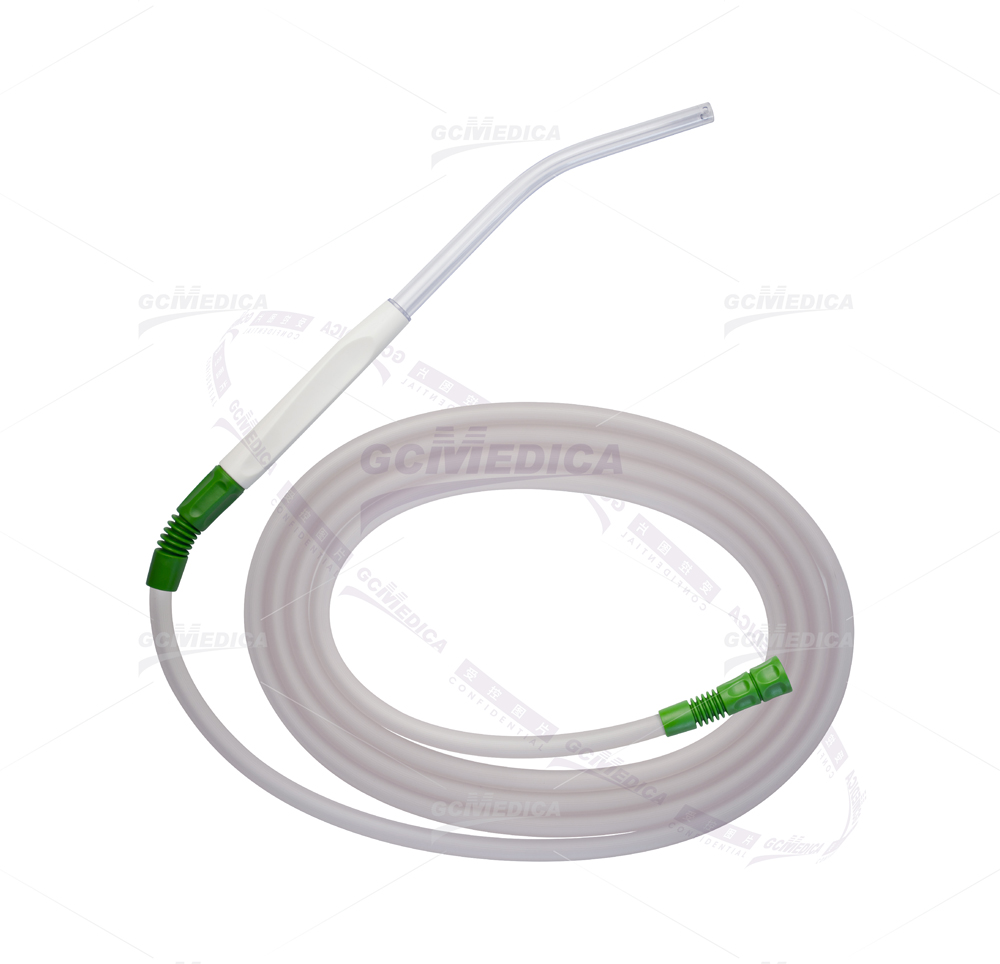
Соединительная трубка CH30 Yankauer и CH35Всасывающие устройства большого размераИзготовлен из ПВХ. Они имеют наружный диаметр 11,7 мм, трубку длиной 3,5 м и двухкомпонентную конструкцию Yankauer с перфорированным плоским наконечником. Варианты включают с или без регулирующего клапана для удовлетворения различных хирургических потребностей.
Настраиваемая длина в зависимости от конкретных потребностей клиентов.
Легкая конструкция снижает утомляемость рук при длительных операциях.
Тип ручки Янкауэр
GCMEDICA предлагает более 90 типов наконечников yankauer, гарантируя, что вы найдете конкретный тип, который вам нужен.
Applications in Medical Procedures
The Yankauer Handle, a staple in medical facilities worldwide, has evolved to become a versatile tool in various medical interventions. Its design, featuring a firm yet maneuverable suction tip, enables healthcare professionals to perform with precision and efficiency.
1. Oral Suctioning
Originally designed for oral suction, the Yankauer Handle remains a primary tool in this domain. It is used extensively in dental procedures, airway management during surgeries, and emergency settings. Its ability to effectively clear the oral cavity of saliva, blood, or other obstructions makes it vital in maintaining a clear airway, thereby preventing aspiration and ensuring patient safety.
2. Surgical Applications
In surgical settings, the Yankauer Handle is indispensable. Surgeons rely on it for clear visibility, using it to remove blood and other fluids from the operative field. This not only provides a better view of the surgical area but also reduces the risk of postoperative infections.
3. Wound Cleaning and Care
Beyond surgeries, the Yankauer Handle finds its use in general wound care. It aids in gentle yet effective cleaning of wounds, removing debris and exudate, which is crucial in preventing infection and promoting faster healing.
4. Gastroenterology
In gastroenterological procedures, such as endoscopies, the Yankauer Handle helps in maintaining a clear field by removing excess fluids, ensuring that the procedures are carried out smoothly and efficiently.
5. Emergency Situations
In emergency medicine, the Yankauer Handle is a lifesaver. Its use in quickly clearing airways in cases of trauma or respiratory distress is critical. Its robust design allows for rapid, effective suctioning, which can be crucial in life-saving situations.
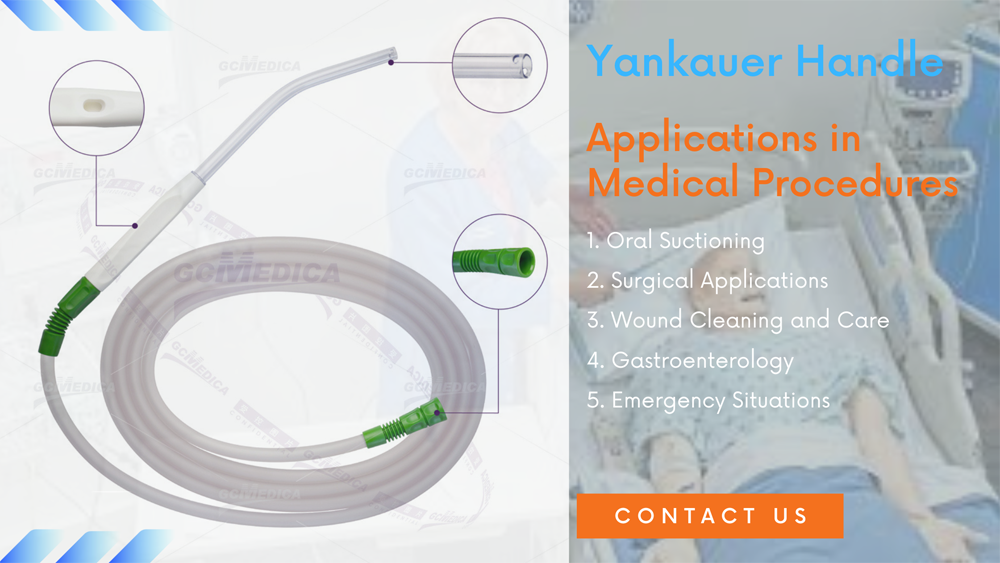
Maintenance and Sterilization of the Yankauer Handle
Maintaining the Yankauer Handle is crucial for its longevity and effectiveness. Proper care ensures patient safety and preserves the integrity of this vital tool. Here are key guidelines:
1. Cleaning Procedures
After each use, the Yankauer Handle must be thoroughly cleaned. This involves rinsing it under running water to remove debris and bodily fluids. Using mild detergents can help in effectively cleaning the surface without damaging the material.
2. Sterilization Techniques
Sterilization is crucial for infection control. The Yankauer Handle can be sterilized using various methods such as autoclaving, ethylene oxide, or hydrogen peroxide plasma. Each method has its advantages and is chosen based on the facility's capabilities and the handle's material composition.
3. Regular Inspections
Regular inspections are essential to ensure the handle's functionality. Checking for cracks, wear, or damage is crucial, as these can compromise its effectiveness and safety. Any damaged handles should be replaced immediately.
4. Storage Practices
Proper storage is as important as cleaning. The Yankauer Handle should be stored in a dry, clean environment to prevent contamination. Many facilities use sealed containers or designated storage areas to ensure the handle remains sterile until its next use.
5. Training and Awareness
Finally, training medical staff on the proper care and handling of the Yankauer Handle is vital. Awareness about its maintenance ensures that all staff members follow the protocols, maintaining a high standard of patient care and safety.
Frequently Asked Questions (FAQs) for Yankauer Handle
Q1: How do you use a Yankauer Handle?
A1: Using a Yankauer Handle involves a few key steps. Firstly, it must be connected to a suction source. Once connected, the healthcare professional can activate the suction. The tip of the Yankauer is carefully inserted into the area where suction is needed, such as the mouth or surgical site. The user must gently maneuver the handle, ensuring that the tip does not harm the surrounding tissue. It's often used to remove fluids or debris, ensuring a clear field of view or a clear airway. The procedure requires skill and precision to avoid causing any injury or discomfort.
Q2: What is a suction handle used for?
A2: A suction handle, like the Yankauer, is used primarily to remove liquids and debris from a patient's body during medical procedures. In surgical contexts, it keeps the field clear by aspirating blood, saline, and other fluids. In dental or oral procedures, it helps maintain a clear airway by removing saliva, blood, or vomit. In emergency medical situations, it can be a critical tool for preventing aspiration and maintaining clear airways. Its design allows for targeted suction, making it an invaluable tool in various medical scenarios.
Q3: How is the Yankauer Handle sterilized?
A3: Sterilization can be achieved through various methods such as autoclaving, ethylene oxide, or hydrogen peroxide plasma. The method chosen depends on the handle's material and the available resources of the medical facility.
Q4: What materials are used to make Yankauer Handles?
A4: Yankauer Handles are typically made from durable materials like stainless steel or plastic. The choice of material depends on the intended use and the need for sterilization compatibility.
Q5: How do you pronounce Yankauer?
A5: The name "Yankauer" is pronounced as "Yang-kow-er." The emphasis is on the first syllable, 'Yang', which rhymes with 'bang.' The second part, 'kow', is pronounced like the word 'cow', and the last syllable, 'er', sounds like the 'er' in 'her' or 'sir.' This pronunciation is widely accepted in medical communities globally and is named after the inventor, Sidney Yankauer, who was an American otolaryngologist.
Customer Reviews for GCmedica Yankauer Handle
1.Nadia Boucher
★ ★ ★ ★ ★"As a surgical nurse, the Yankauer Handle is a tool I rely on daily. Its effectiveness in maintaining a clear surgical site is unparalleled. Plus, its ease of sterilization makes it a hygienic and safe choice for patient care."


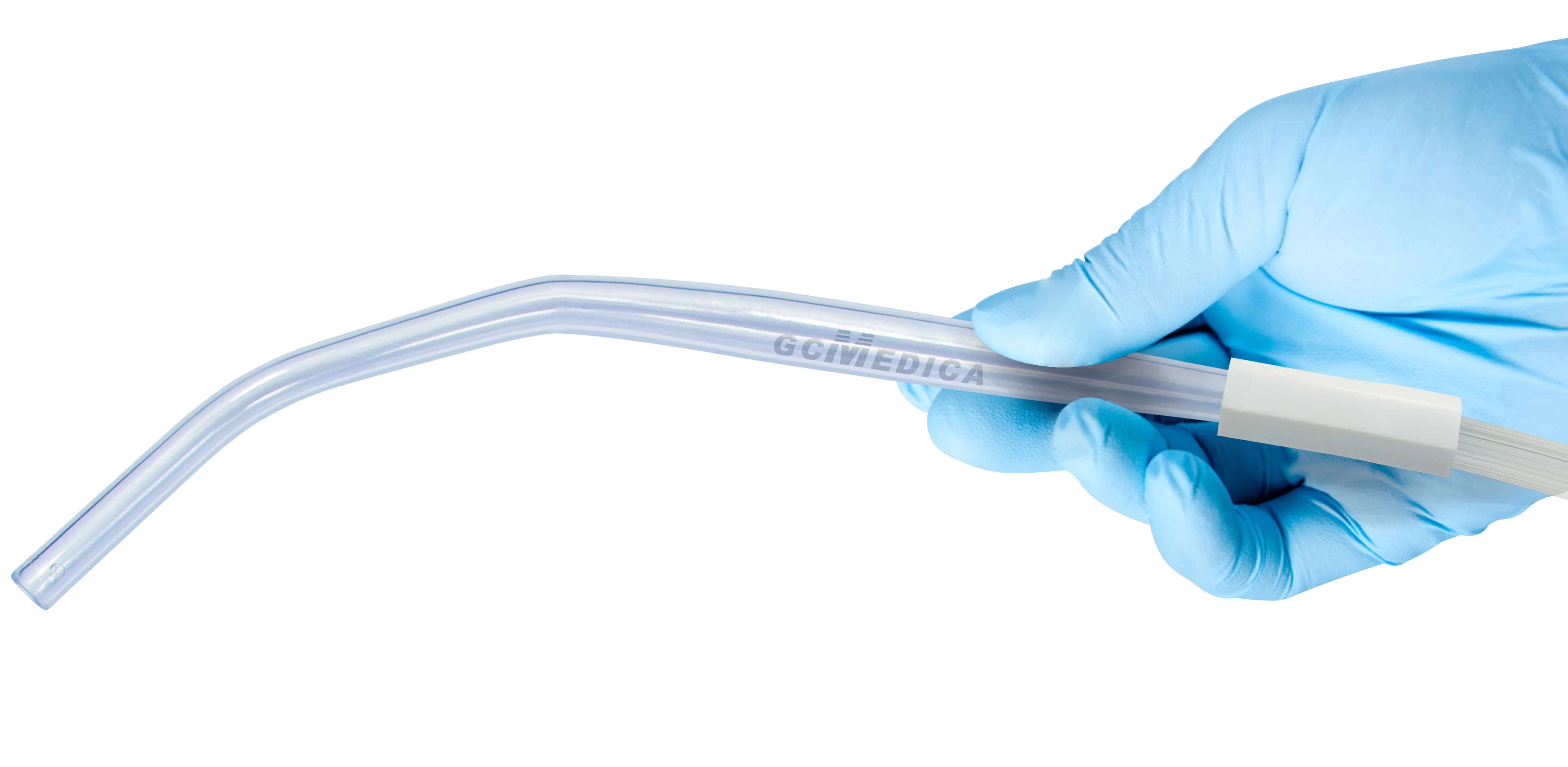
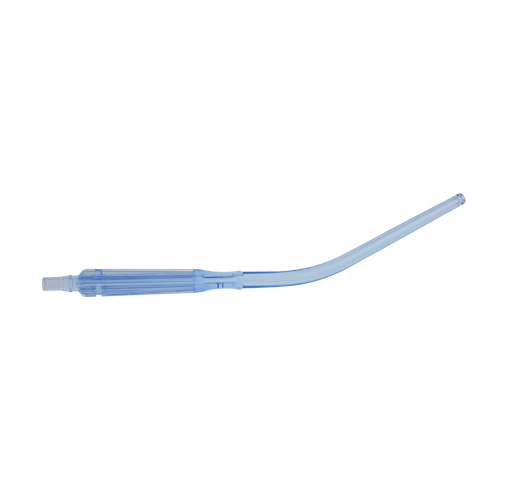

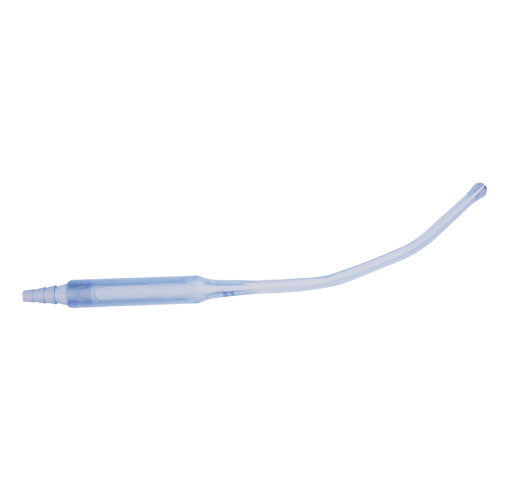
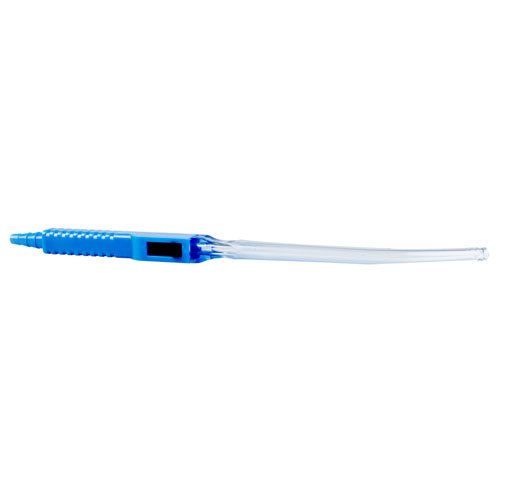
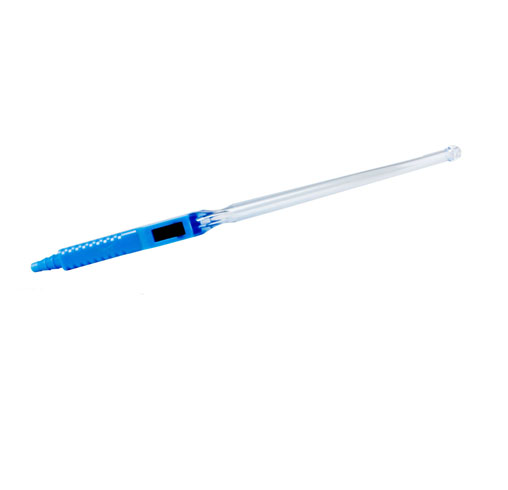
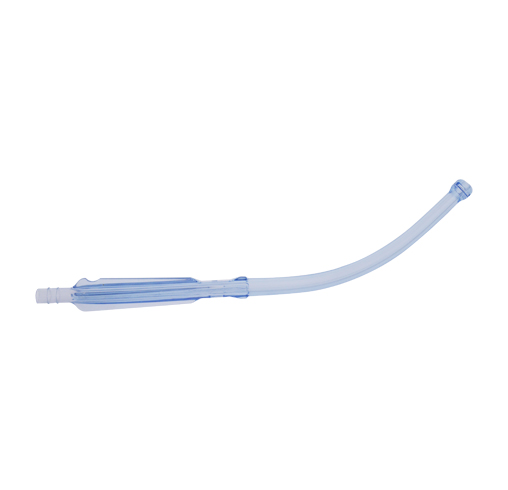

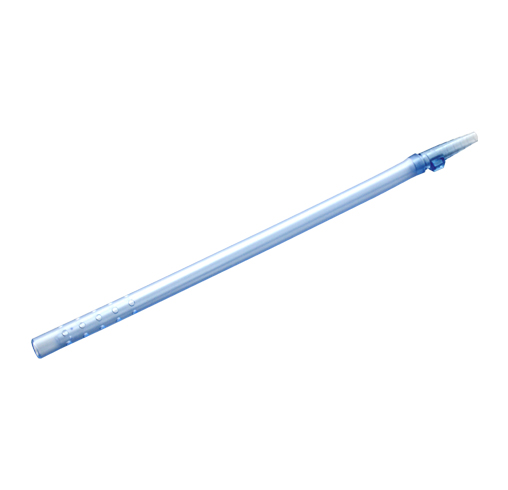
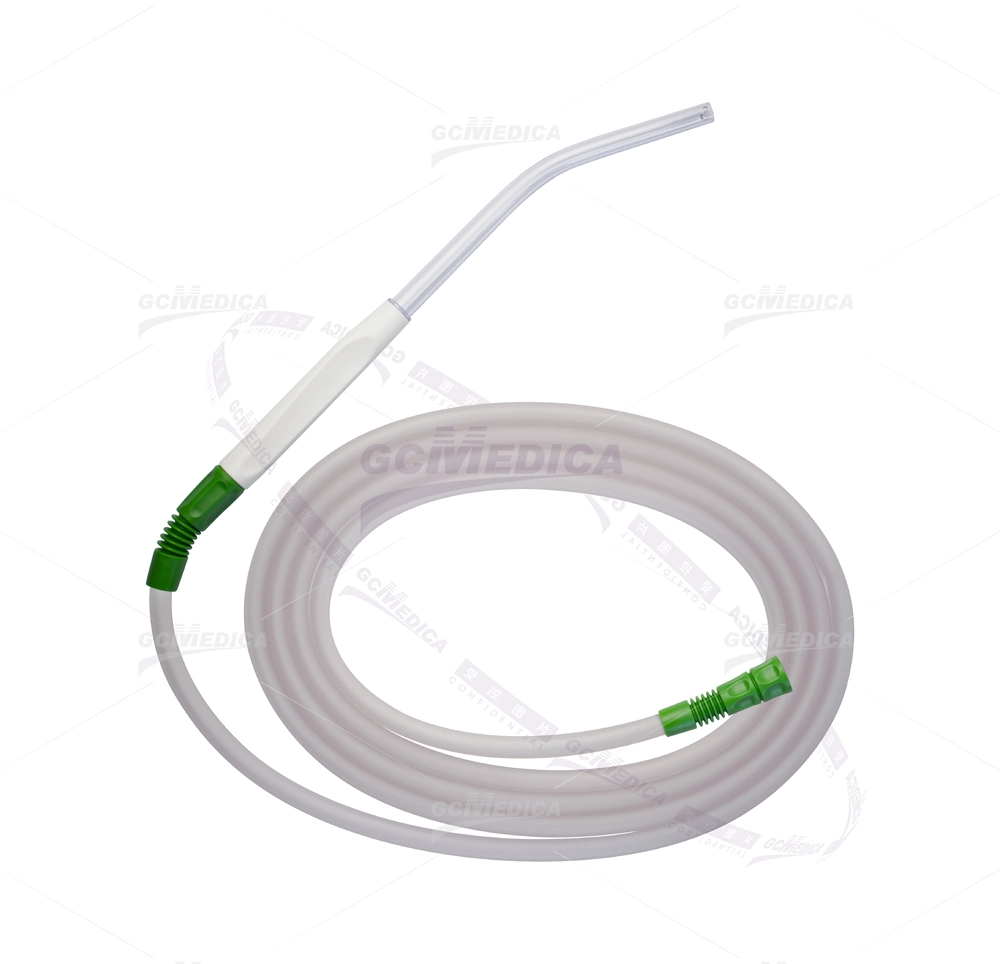
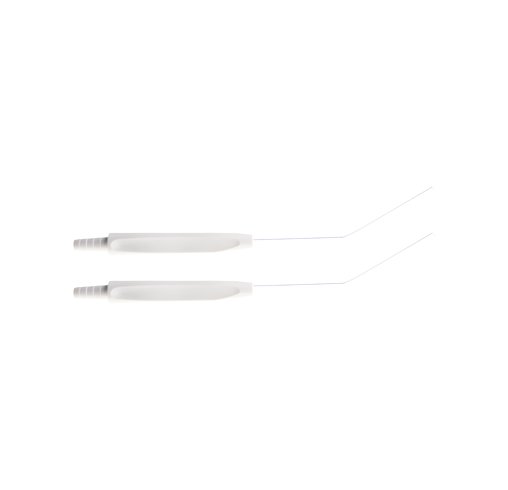
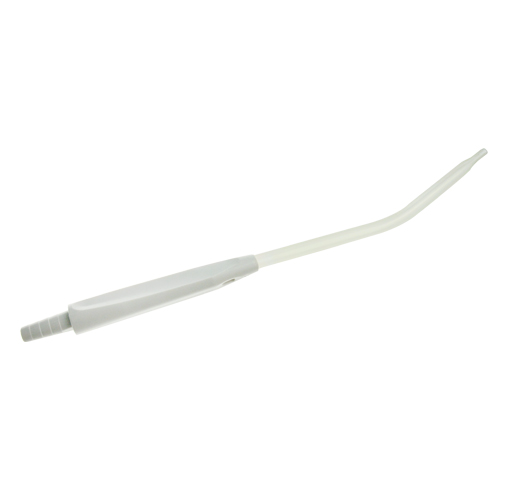
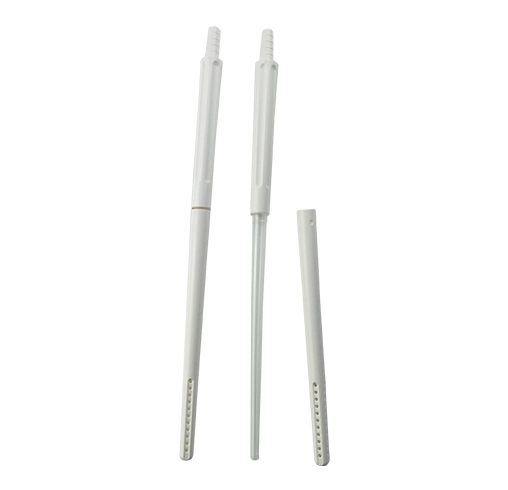

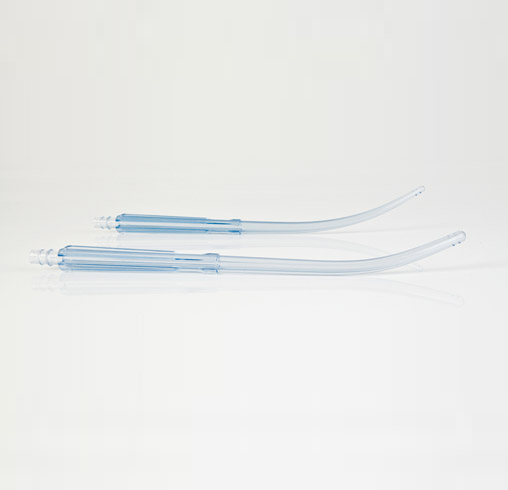 +
+
 +
+
 +
+